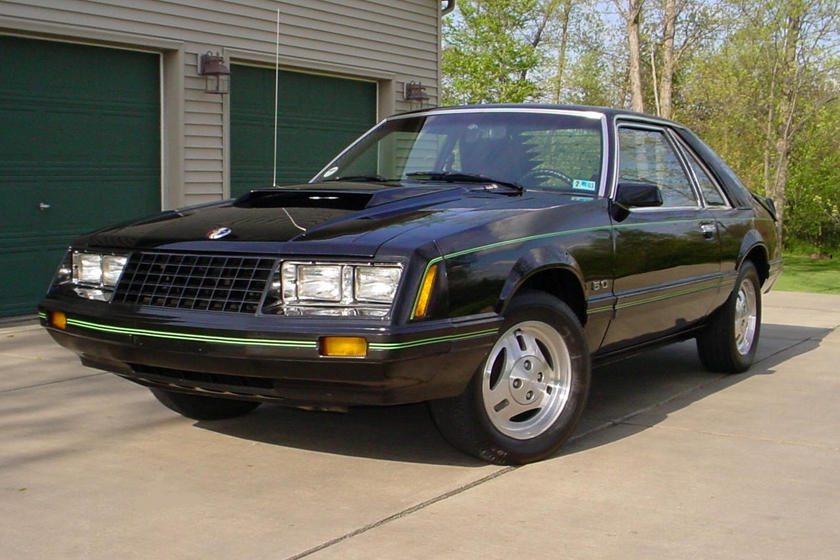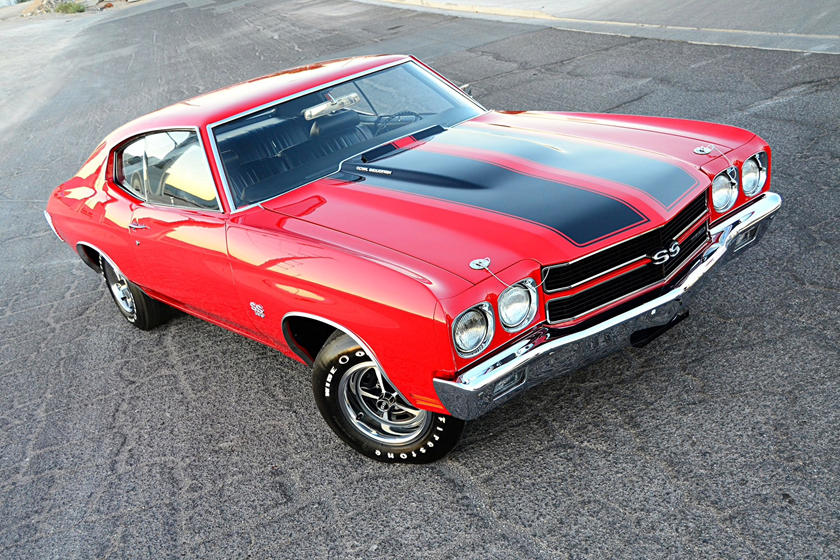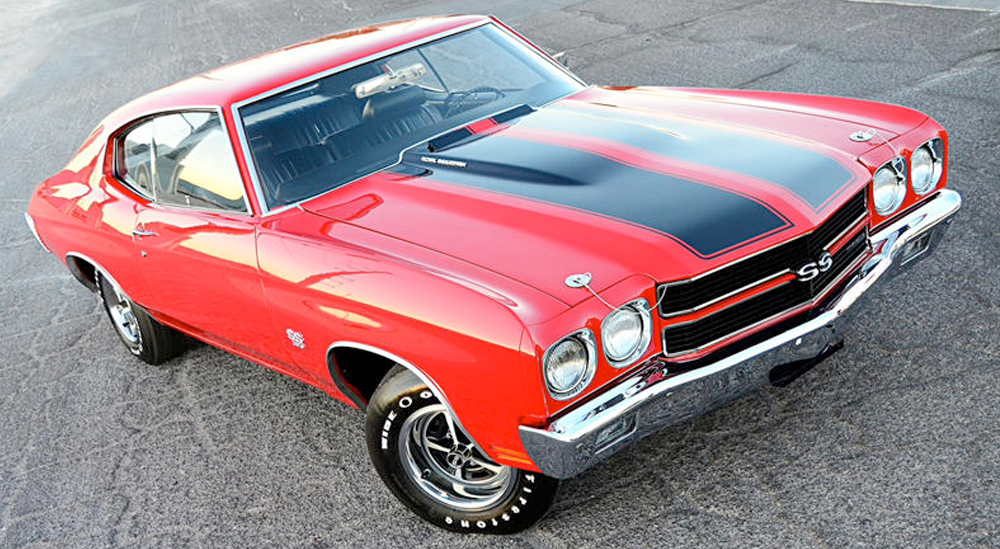
Entry level muscle car nostalgia on a budget.
When it comes to American cars, nothing tweaks the nostalgia nerve more than old Detroit iron. Cars of the 60s and 70s were built before crash testing and safety legislation had big effects on how a car looked or drove. For enthusiasts, muscle cars also bring the benefit of mechanical simplicity, although that is balanced by the lack of safety features. There are no airbags in classic muscle cars and the seatbelt technology can often best be described as quaint. Safety is not the issue here though, and we are interested in keeping the muscle car alive and the experience of driving one that has been rescued or protected from the ravages of time and rust.
The dream of pulling an old muscle car out of the weeds or from the depths of a scrap yard and returning it to its former glory is a romantic one. The reality is it's guaranteed to be a costly and time-consuming project. But it's not impossible. For many old muscle cars, getting the parts needed isn't a problem as a lot of companies out there offer factory-licensed replacement parts.
There’s also a big used market from scrapped cars and the aftermarket is rife with performance parts. We also now have the benefit of a huge and instantly accessible archive of recorded knowledge through websites and forums on how to do just about any job.
The biggest caution comes down to the state of the car being brought back to life. Bodywork and fixing frame issues are nearly always the biggest expenses out there. But, a solid frame and reasonable straight bodywork and a garage with a decent set of basic tools mixed with a reasonable budget, some patience, and a good plan can result in something to be proud of. Something to enjoy driving, and something other people will enjoy seeing being driven on the road. If you’ve been considering getting into muscle cars and the muscle community, these are our top picks of cars to look out for.
Before we start off though, let's nip comment section arguments in the bud right here and clarify that pony cars are a sub-section of muscle cars, and do come under the muscle car umbrella. The bottom line is that not all muscle cars are pony cars, but all pony cars are muscle cars.
1970-1972 Chevrolet Chevelle
For the Chevelle, 1970 was a big refresh year and at the beginning of the 70s, Chevrolet sold over a million Chevelle models. Around one-tenth of those were the SS models and only around 25,000 were packed with the highly coveted 454 V8 under the hood. That means there’s still a relatively plentiful supply of base models still around. For those with a bigger budget, the SS models are still out there but as a first step into the world of muscle cars any Chevelle looks good and once restored, runs straight and true.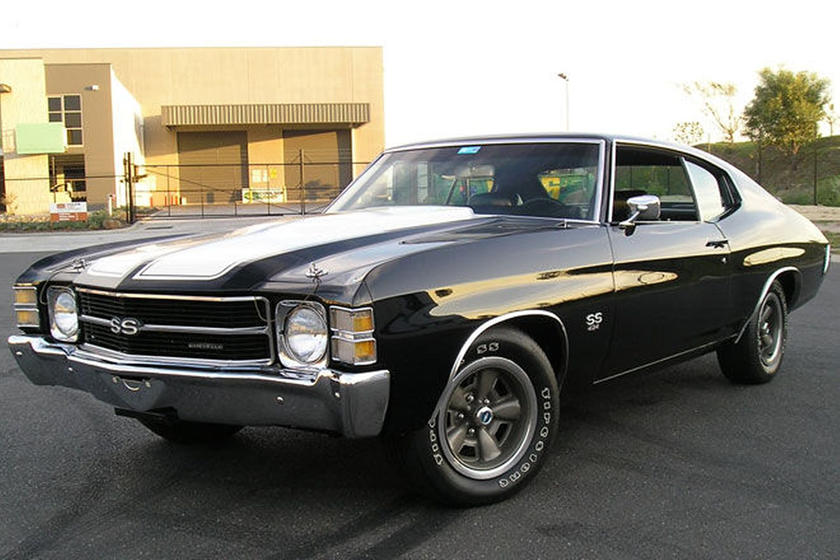
1967-1976 Dodge Dart
When it comes to the cheaper side of getting into muscle cars, the fourth-generation Dodge Dart is a no brainer as there’s plenty of them around and they’re not expensive. For low money, they can be picked up with the base 170 cubic-inch slant-six engine but the range of engines goes all the way up to the 440 big-block V8. The Dart is one of those cars that can be built to reflect whatever the builder wants and is one of the cheapest entry points into muscle car ownership.
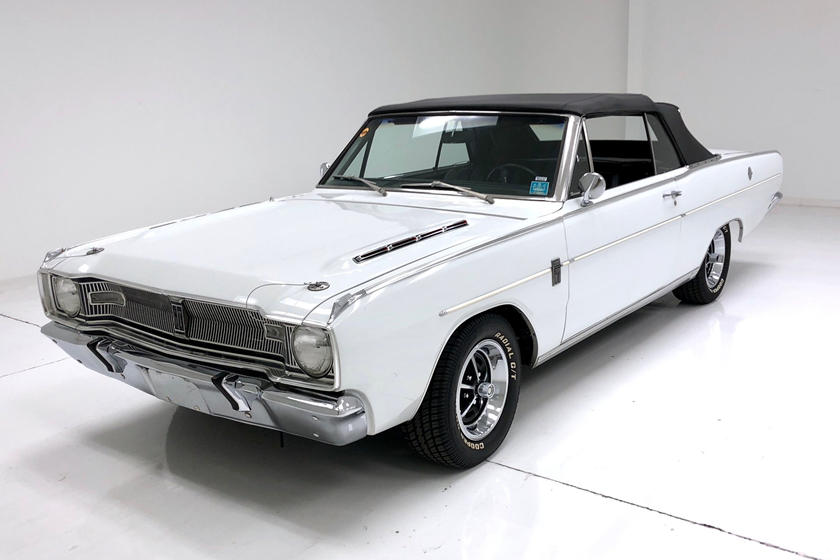
1970 - 1974 Ford Torino
Let’s face it, higher performance Mustangs from the early 1970s are big money now. However, Ford’s other performance coupe isn’t forgotten and doesn’t currently command crazy prices. They can also be found with legendary engines such as the 302, 351, and the 429 cubic-inch V8 that have big aftermarket support for hotting up. The Gran Torino can be had for surprisingly low money, even fully restored already, and a great excuse for pulling out a Clint Eastwood "Get off my lawn,” impression.
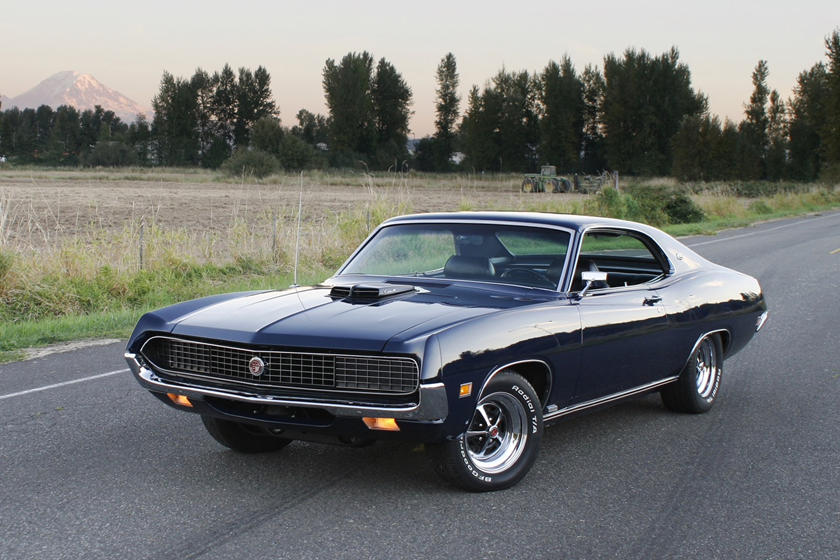
1967-1970 Mercury Cougar
The first generation of the Cougar is easily the most aggressive looking iteration of the bigger and more luxury-based cousin of the Mustang. They’re cheap compared to Mustangs and the aftermarket is very healthy. If you’re patient and budget allows, they can even be found with Ford’s 390 cubic-inch V8.
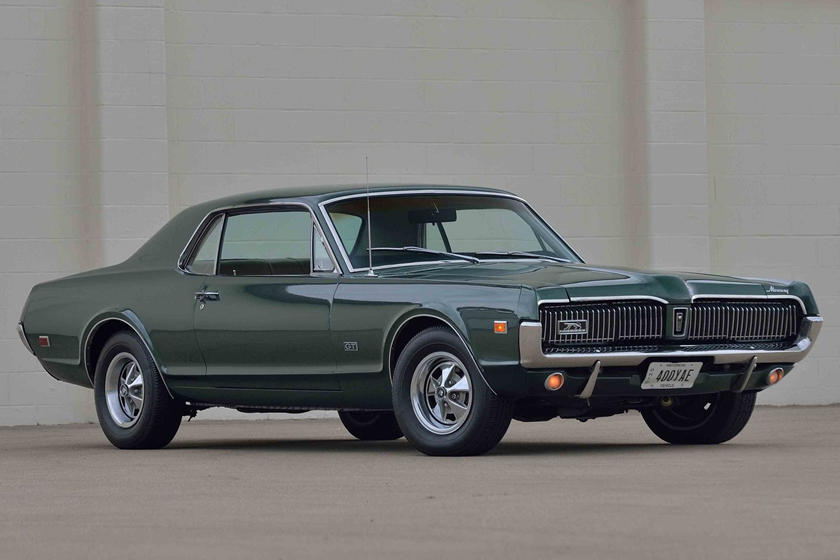
1982-1987 Buick Grand National or GNX
A little more modern, but due to the current wave of nostalgia for the 80s and 90s mixed with the middle-aged finding themselves with some disposable income, prices are rising. The GNX was only around for 1987, but its turbocharged V6 pushed 300 horsepower and an eyebrow-raising 420 lb-ft of torque. The reason both are worth mentioning here is because they are becoming very collectible and they are on the G-Body platform shared by the Chevy Monte Carlo, Oldsmobile Cutlass, and Pontiac Grand Prix. That means the parts are still around and the aftermarket is strong.
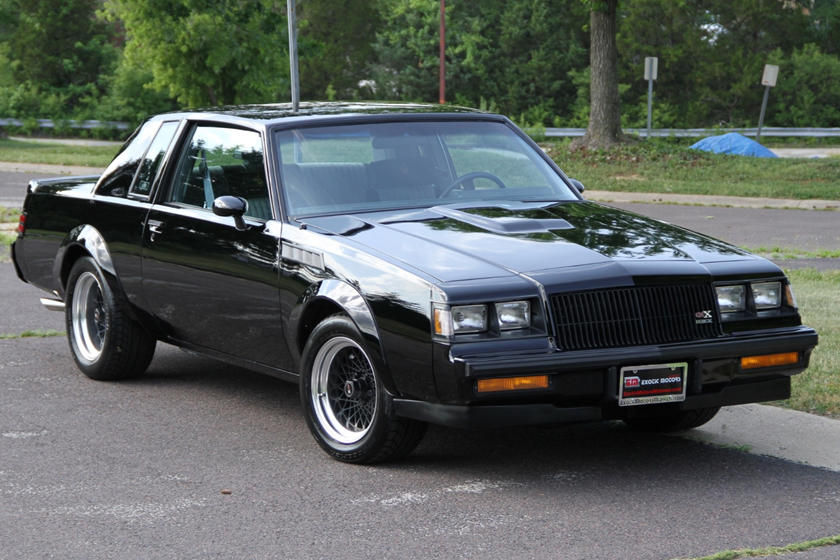
1979-1993 Ford Mustang
While the Fox Body Mustang is also part of the current nostalgia trip, there’s plenty of them out there. The Fox Body platform also has one of the healthiest markets for aftermarket and the platform is infinitely flexible whether you want cheap speed or to build a track monster or road rocket. For a simple restoration, it’s also one of the most inexpensive options out there mechanically.
